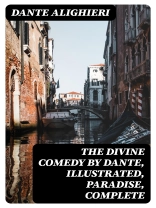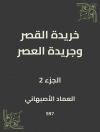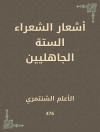The Divine Comedy, particularly the illustrated edition of Paradise, stands as a monumental achievement in world literature. This epic poem traverses the realms of the afterlife—Inferno, Purgatorio, and Paradiso—showcasing Dante Alighieri’s intricate allegory of the soul’s journey towards God. The narrative is rich with theological and philosophical motifs, employing a terza rima rhyme scheme that enhances its lyrical quality. Blending classical and Christian influences, Dante crafts a vivid portrait of divine justice, embellished with striking illustrations that amplify the text’s spiritual and aesthetic depth, allowing readers to experience the sublime journey anew. Dante Alighieri, a pivotal figure of the Italian Renaissance, faced personal and political turmoil, having been exiled from Florence. His background as an educated man engaged in the political life of his city profoundly influenced his critical views on society and morality. The Divine Comedy arose from his desire to reconcile human experience with divine order and expresses his quest for redemption, reflecting the complexities of faith, love, and reason that shaped his life. This illustrated edition of Paradise is essential for readers seeking a deeper understanding of not only Dante’s spiritual exploration but also the historical context of the medieval world. Lovers of poetry, philosophy, and visual art will find this work to be a compelling invitation to explore the complexities of the human condition through a transformative lens.
Giới thiệu về tác giả
Dante Alighieri, born around 1265 in Florence, is revered as one of the greatest poets of the Middle Ages and a towering figure in world literature. His most renowned work, ‘The Divine Comedy’ (La Divina Commedia), is a profound allegorical epic poem that remains a cornerstone in the evolution of Italian literature and has significantly contributed to the modern vernacular. Dante’s remarkable narrative takes the reader through the realms of the afterlife: Inferno (Hell), Purgatorio (Purgatory), and Paradiso (Paradise). Each offers a rich tapestry of medieval theology, philosophy, and poetics, intricately interwoven with Dante’s personal political views and the socio-political landscape of his time. The third and final part, ‘Paradise, ‘ represents the soul’s ascent to God, detailing an interpretation of heaven steeped in scholastic philosophy and Christian theology, underscored by the poet’s command of lyrical meter and vivid imagery. Dante’s literary style is characterized by his use of terza rima, an interlocking three-line rhyme scheme, and his deployment of a wide range of knowledge and references from classical antiquity to contemporary scholastic thought. His influence is pervasive in later literature and his works have been studied, translated, and celebrated for centuries for their artistic and intellectual significance.












